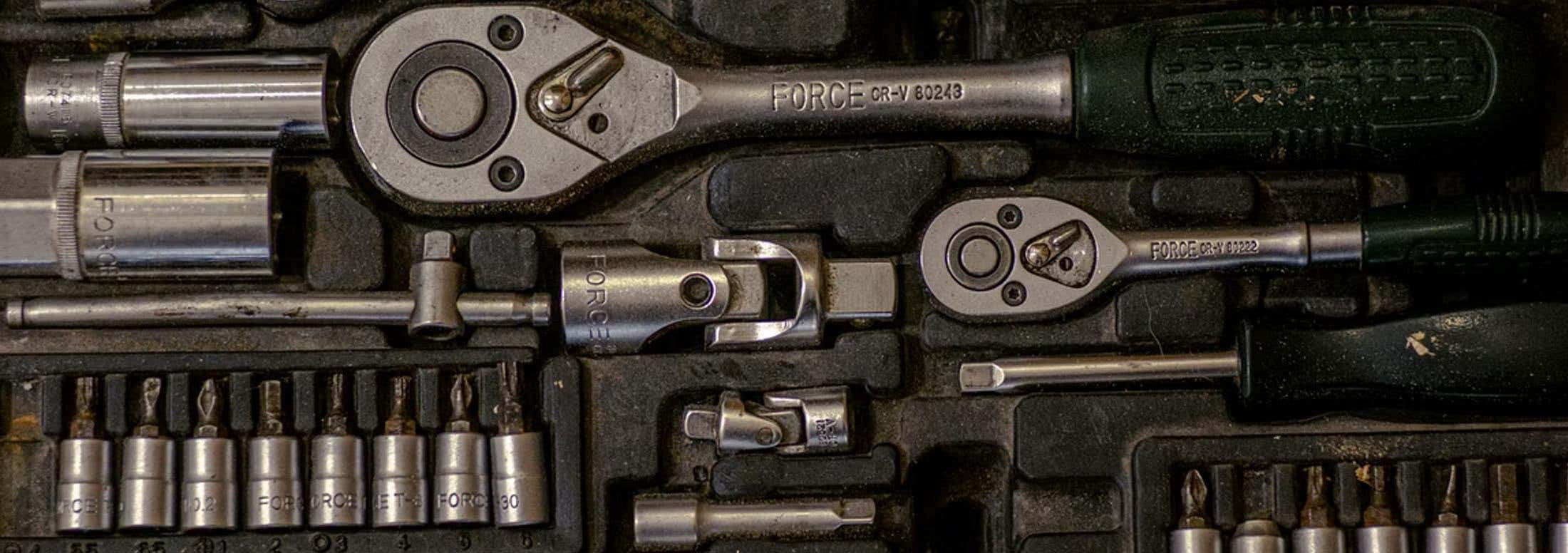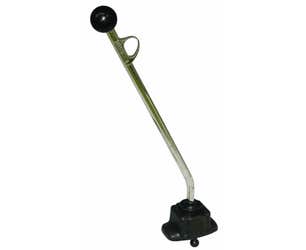Phrases such as "like stirring porridge" and "like mixing custard" are pretty common among owners and drivers of classic VWs, as it can often be a struggle to quickly and accurately find the gear you’re hunting for.
Anyone who’s driven an old Beetle, Splitscreen or Bay will be particularly aware of the tense few moments between knocking your gearstick out of one gear and then waggling it in the direction you’re sure the next gear must be in.
There are a couple of fairly common causes for this, beyond the sheer age of some of these vehicles, and we’re here to help you solve them.
A tired old coupling
Your camper might be up to seventy years old, so it’s no surprise that some of the mechanical parts have gotten pretty worn. If changing gear in your bus feels a bit like an open-ended adventure, rather than a quick gesture you barely have to think about, it’s pretty likely that your rear gearbox coupling has worn out.
This unassuming little part is located on the front end of the gearbox, and includes a pair of rubber blocks. Over many years and miles, these blocks get worn away, leaving the unit to flap about wildly and be less than cooperative when you’re trying to change gear.
If you’re finding that you’re moving the gearstick all over the place, but not a lot is happening in the gearbox itself, you’ll likely need to replace your rear gearbox couple.
Luckily, it takes around half an hour, and is best done with two people to ensure it’s done quickly and safely.
Not sure which part you need? Check out the list below, or get in touch with the JK Team.
A worn down shift plate
Beneath the gearstick is a gearshift plate, which is prone to becoming worn down with age and use.
Formed as part of the shift plate is a raised section designed to ‘lock out’ the option for you to accidentally select reverse gear without first pushing the gearstick down.
If you’re having problems with accidentally slipping into reverse when shifting from 3rd to 2nd gear, and find going from 1st to 2nd to be something of an adventure, this tiny part could be the issue.
They’re small and cheap, and it’s not particularly difficult to replace the plate, you may just need some patience as you re-adjust it to ensure you can still select all of your gears!
You can read more about undertaking this job here.
JK Handy Hints:
Replacing the rear gearbox coupling:
You’ll be pleased to know that the rear gearbox coupling can be replaced from underneath the vehicle without removing the gearbox or front or rear shift rod.
Reinstalling the gearstick:
When reinstalling your gear stick, the lever should be exactly vertical when placed in 2nd gear, with the cranked upper section inclined at about 30 degrees to the rear.
Sideways & middle movement measured at the lever knob with a gear engaged should not exceed 35mm.
In neutral, sideways movement should not exceed 70mm. An adjustment can be made to the stick position by slackening the two bolts on the plate at the base of the stick.
Go all out:
Tried both of these fixes, and still finding changing gear to be like making risotto with an awful lot of stirring but nothing obviously happening? Why not replace the whole system with an aftermarket gear shift?
We’ve got a range of them in stock, from super cool CSP shifters, through to Empi trigger shifters. You can even get a refresh kit, which will give you all the bits you need to revamp your gear shift system.
















